The numerous government-funded bodies tasked with closing the inequality gap between the 3.2 per cent of Australians who are Aboriginal and the rest of us have thus far had very limited success. Given the massive disparity in lifestyles, employment levels, income, and any other measure you can name it is understandable that Australia’s various governments keep looking for new ideas. Unfortunately, the latest scheme is yet another stinker doomed to go the same way as every other plan based on the prevailing ideologies.
There are at present more than 70 organisations actively involved in managing a variety of schemes to ‘close the gap’. They generally have four things in common. First, they usually have flash websites. Second, they are funded by you. Third, they are almost completely ineffective and, finally, they are free from any form of independent cost-benefit analysis.
Take Closing the Gap, an organisation mainly funded by various government bodies. According to its website, their objective is to ‘enable Aboriginal and Torres Strait Islander people and governments to work together to overcome the inequality experienced by Aboriginal and Torres Strait Islander people and achieve life outcomes equal to all Australians’.
The organisation was ‘developed in genuine partnership between Australian governments and the Coalition of Aboriginal and Torres Strait Islander Peak Organisations’ (the Coalition of Peaks), to ensure that ‘the views and expertise of Aboriginal and Torres Strait Islander people, including Elders, Traditional Owners and Native Title holders, communities and organisations will continue to provide central guidance to…national governments’. The Coalition of the Peaks is, according to its website, ‘a representative body of over seventy Aboriginal and Torres Strait Islander community-controlled peak organisations and members (who are) to be formal partners with Australian governments on Closing the Gap’. The website also claims that ‘We have worked for our communities for a long time and are working to ensure the full involvement of Aboriginal and Torres Strait Islander peoples in shared decision-making with Australian governments across the country to improve the life outcomes of our people’.
This is a very worthy aim, and one might reasonably ask why we need yet another organisation to replicate this function. The Voice to Parliament we are told ‘would advise parliament on matters relating to Aboriginal and Torres Strait Islander peoples’. This is, as far as I can see, exactly what the Closing the Gap mob was supposed to do. The Voice to Parliament mob argues that ‘Constitutional entrenchment is important because it would give the Voice special legitimacy and provide it with stability and certainty. The details of its design would be determined by Parliament’, according to a recent article on The Conversation.
Recently, in the Australian, Troy Bramston also expressed enthusiasm for the Voice to Parliament which, he assures us, ‘is not a third chamber. It would only advise the Parliament’. But neither Bramston nor any of the other numerous supporters of this half-baked scheme are seriously addressing the issue of what form of advice the new entity would provide that is not within the purview of the 70 organisations already tasked with that objective. What we are witnessing is the establishment of another layer of bureaucrats on top of all the other ineffective bodies already funded by or competing for your taxes. Even Pat Turner, co-chair of the Joint Council on Closing the Gap, who is supportive of a Voice to Parliament, is ‘struggling to see the way forward’ and wants to ‘start to see some detail’.
On the other hand, the Green’s Aboriginal intellectual giant, Lidia Thorpe, is opposed to the Voice to Parliament at this stage and instead argues that ‘We (Aboriginal people) need to protect and preserve our sovereignty. We demand a sovereign treaty with an independent sovereign treaty commission, and appropriate funds allocated…We don’t need a referendum.’
Despite the vagueness of the proposal, The Voice to Parliament appears to be gaining traction. Just before the federal election, the ABC’s Vote Compass showed the number of voters supporting a Constitutional amendment to provide a Voice to Parliament had increased from 64 per cent in 2019 to 73 per cent today.
The idea that yet another taxpayer-funded body will offer better ‘guidance’ to politicians and bureaucrats than the existing plethora of bodies is a fantasy that can exist only in the minds of those whose opinions are based on ideology rather than evidence. And yet this mad scheme continues to gain ground even though no one can even give a clear explanation of how it will work that is acceptable to all relevant parties.
Recently, on the ABC radio show for eggheads, The Minefield, the ubiquitous Waleed Aly and Scott Stephens discussed the need for recognition of ‘the moral primacy for First Nations people’. They argued that what is required is an acceptance that indigenous people never ceded their sovereignty, that a shared sovereignty is the reality of the modern world and that an acceptance of an indigenous spiritual sovereignty is an essential precursor for a Voice to Parliament.
To put it bluntly, the entire wokerati is adamant that a Voice to Parliament, or some form of treaty, is required but no two advocates can agree on the exact role of the Voice and how it will differ from dozens of organisations already advising our parliaments on Aboriginal policy. Nor do the advocates explain why the federal and state minister, all tasked with liaising with Aboriginal groups, are not already advising parliament.
Some insight into the challenges the Voice will face can be gauged by the achievements of the current indigenous leaders. After the seventh meeting of the Joint Council on Closing the Gap in December last year, a communiqué was produced to tell the world what they had done. The members of the Joint Council, which included Ken Wyatt, then federal minister for Indigenous Australians, seven other members of various parliaments, and 13 members of the Coalition of Peaks, after much deliberation and debate, proudly announced that they had approved a new logo for the group.
Got something to add? Join the discussion and comment below.
Get 10 issues for just $10
Subscribe to The Spectator Australia today for the next 10 magazine issues, plus full online access, for just $10.
You might disagree with half of it, but you’ll enjoy reading all of it. Try your first month for free, then just $2 a week for the remainder of your first year.

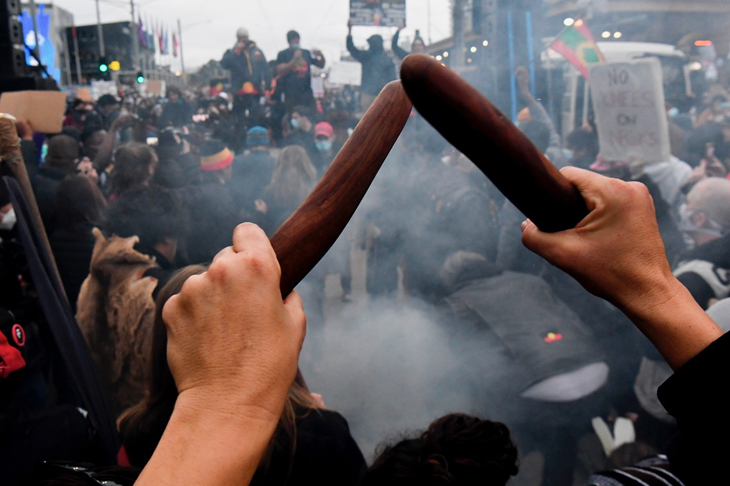
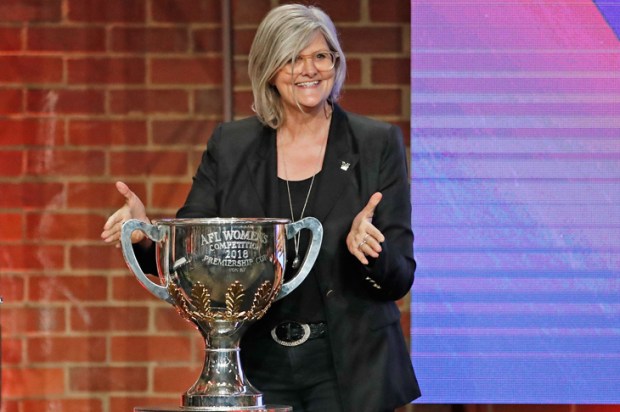
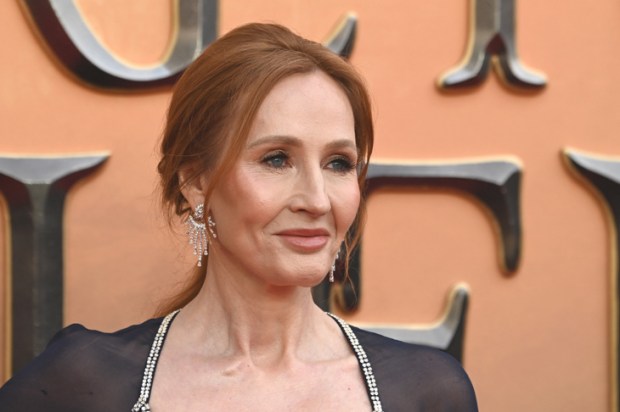
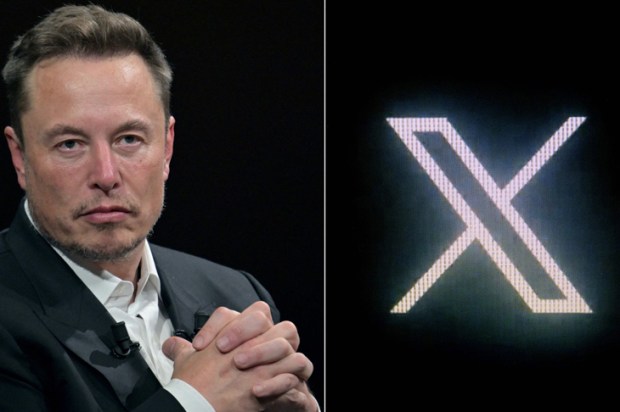
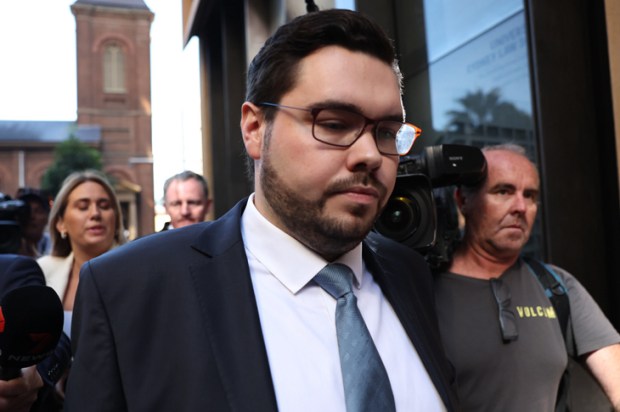
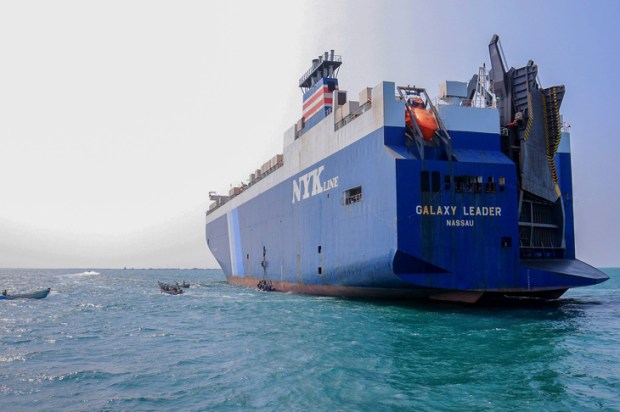
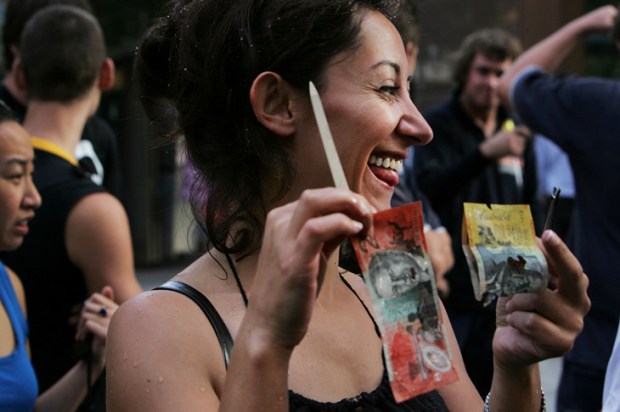






Comments
Don't miss out
Join the conversation with other Spectator Australia readers. Subscribe to leave a comment.
SUBSCRIBEAlready a subscriber? Log in